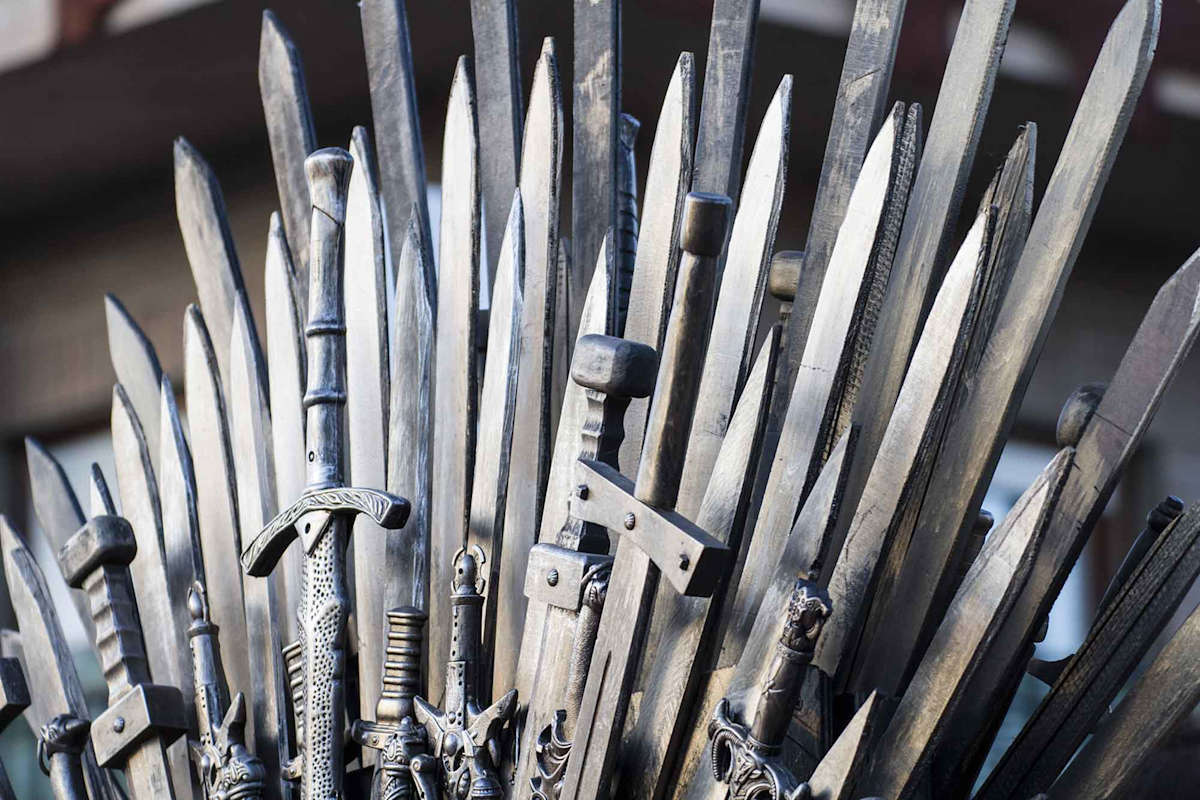I hate to admit it but I am more than a couple of seasons behind in Game of Thrones. Last time I watched I am pretty sure that the story went something like this; amass lots of resources, attack your enemies with your superior strength and assume the throne of Westeros. Business is meant to be the same. Build scale, beat your competitors, grow profits and you will have very happy shareholders.
That doesn’t seem to be way things work anymore. In fact, quaint ideas like growing profits seem to be about as outdated as riding Jaime Lannister’s horse to work on the northern motorway.
Jay Ritter, an academic from the University of Florida, in a paper released late last year, highlights just how far we from come from the notion of companies growing profits is normal!
He cites data on initial public offerings (IPO) – that’s when a company first lists its shares on the market - in the United States.
Back in the good old days of 1981 just 17% of companies newly listing on the US share market were making losses. Fast forward to last year and this number leapt to 80%. Yep, 80% of all companies listing last year in the US are still making bottom line losses!
The trend will continue in 2019 with a number of initial public offerings from famously money losing companies due to hit the boards. Uber is probably the highest profile of these, and maybe along with Netflix, is the poster child for loss making, global scale businesses.
But they aren’t alone. Lyft, which listed in March, lost US$900m last year, will be joined on the market by fellow loss makers, WeWork, which managed to lose US$1.9b on US$1.8b in sales in 2018, Pinterest and Slack amongst others.
What do we make of this? Like many things in the life the answer isn’t simple.
We understand that building global scale, like Uber is doing, means incurring massive expenses to build a brand, develop capability and roll out technology. Under current accounting standards many of these costs go through the profit and loss statement. This artificially depresses profits in the short term but if the investment has been wise can reap tremendous long term gain.
We try to look through these costs when analyzing companies. Instead we focus on the underlying dynamics of the business; does it make money on every good it sells or service it provides, does it have a realistic pathway to profitability and most importantly how wide and deep is the moat that protects the firm from competition?
This is where I get confused when I look at the likes of Uber or Lyft. While the information provided by both of these companies is fairly thin on detail it does seems that in those markets where they have a strong foothold the unit economics, essentially the profit per ride, of both is sound. However both firms are investing heavily, billions of dollars, in growth. The impact of this massive investment more than offsets any profits made from the core operation.
There is no certainty that this investment will reap a future reward. That’s where a firm’s business model becomes so critical. We talk a lot about the moat around a company. By moat we mean those aspects of a company’s business that make it hard to compete with. If investors are hanging their hats on these huge investments paying off then they need to be very confident that the moat around Uber and Lyft is deep, wide and crocodile infested. I am less sure. This is likely to be a market where a small handful of companies can co-exist rather than be a winner take all outcome.
Herein lies the challenge for investors buying today’s loss making IPOs. These are companies with often with tremendous potential but huge future uncertainties and business models that are often still in flux. That all adds up to risk.
Success in investing often comes down to assessing the probabilities of different outcomes, both positive and negative, and what the payoffs will be under these different outcomes. For many new companies listing they are years and years away from profitability and the consequences of not getting there are extreme. We prefer more certainty.
So in our portfolios we take a more conservative stance preferring to invest your money in companies that are either profitable or very close, and that have proven, robust business models. We will leave the game of “Biggest Loser” to others to play.
